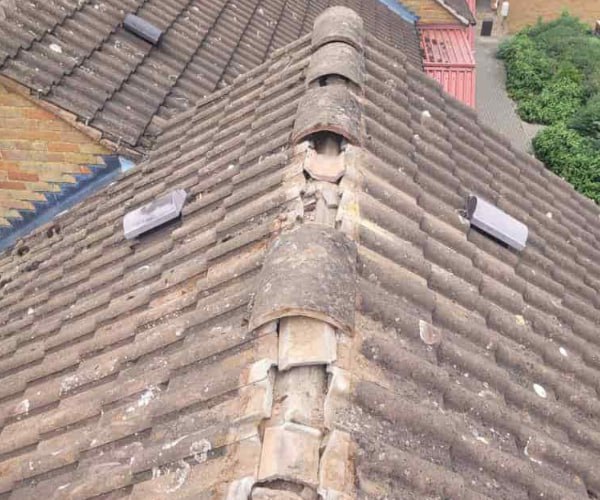Flat Roofs and Fire Resistance: What You Need to Know
Introduction: Fire resistance is a critical consideration when protecting your property, especially for flat roofs. At NGF Roofing Brixworth, we understand the importance of safeguarding your building from potential fire hazards. This blog post will explore the key aspects of flat roof fire resistance, providing you with the essential information to make informed decisions.
The Importance of Fire-Resistant Flat Roofs
Flat roofs are popular for residential and commercial buildings due to their modern aesthetic and practicality. However, their horizontal design can make them more vulnerable to fire spread if not properly constructed and maintained. Fire-resistant flat roofs are crucial for the following:
- Protecting Occupants: Ensuring the safety of everyone inside the building.
- Preserving Property: Minimising damage to the structure and its contents.
- Complying with Regulations: Meeting building codes and insurance requirements.
Key Factors in Flat Roof Fire Resistance
Roofing Materials
The choice of materials plays a significant role in the fire resistance of flat roofs. Here are some common materials and their fire-resistant properties:
- Single-Ply Membranes: Materials like PVC and TPO (thermoplastic olefin) are known for their fire-resistant qualities. To enhance their performance, these membranes can be treated with fire retardants.
- Built-Up Roofing (BUR): Composed of multiple layers of bitumen and reinforcing fabrics, BUR systems are often topped with gravel or a cap sheet, which can provide good fire resistance.
- Modified Bitumen: Similar to BUR, modified bitumen roofing can include fire-resistant additives to improve its flame resistance.
- Metal Roofing: Metal roofs, such as those made from steel or aluminium, offer excellent fire resistance. They are non-combustible and can help prevent the spread of fire.
Insulation
Insulation is another critical component in the fire resistance of flat roofs. Fire-resistant insulation materials include:
- Polyisocyanurate (PIR): A popular choice for its high thermal resistance and fire-resistant properties.
- Mineral Wool: Made from rock or slag, mineral wool is non-combustible and provides excellent fire resistance.
- Expanded Polystyrene (EPS): While EPS can be treated with fire retardants, it is generally less fire-resistant than PIR or mineral wool.
Fire Barriers
Installing fire barriers within the roof assembly can help contain the spread of fire. These barriers can be made from gypsum boards, intumescent coatings, or specialised fire-resistant membranes. Properly placed fire barriers protect vulnerable areas, such as around penetrations and edges.
Roof Decking
The roof deck, which forms the base of the flat roof, should also be fire-resistant. Common fire-resistant decking materials include:
- Concrete: Offers excellent fire resistance and structural integrity.
- Metal: Non-combustible and durable, metal decking provides good fire protection.
- Fire-Retardant Treated Wood: While wood is typically combustible, treatments can enhance its fire resistance.
Regulations and Standards
Building regulations and standards in the UK specify the fire performance requirements for flat roofs. Key regulations include:
- Building Regulations Approved Document B: Outlines the fire safety requirements for buildings, including those related to roofing materials and assemblies.
- British Standards (BS): Standards such as BS 476-3 provide test methods for assessing the fire resistance of roofing materials.
Ensuring your flat roof complies with these regulations and standards is essential to maximise safety and meet legal requirements.
Maintenance and Inspections
Regular maintenance and inspections are vital for ensuring the ongoing fire resistance of your flat roof. Key maintenance tasks include:
- Removing Debris: Keeping the roof clear of leaves, branches, and combustible materials.
- Inspecting Flashings and Seals: Ensure all joints, flashings, and seals are intact and in good condition.
- Checking for Damage: Identifying and repairing any damage to the roofing materials, insulation, or fire barriers.
- Testing Fire Resistance: Periodically testing the fire resistance of roofing components, especially if the roof has been repaired or modified.
Conclusion: Fire resistance is a crucial consideration for any flat roof, ensuring the safety of occupants, protecting property, and complying with regulations. You can enhance the fire resistance of your flat roof by choosing the right materials, incorporating fire barriers, and maintaining it properly.
Call us on: 01604 279 696
Click here to find out more about NGF Roofing Brixworth
Click here to complete our contact form and see how we can help you with your roofing needs.

